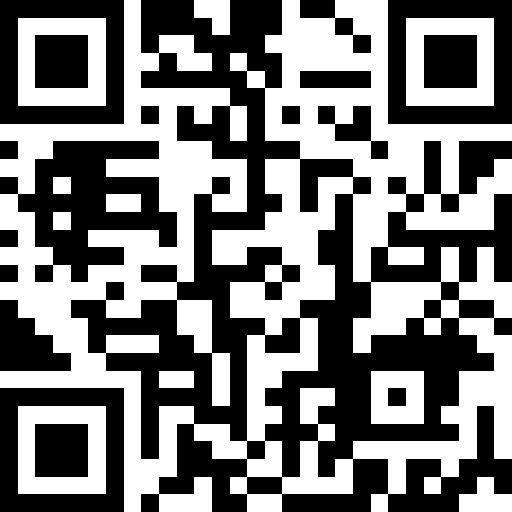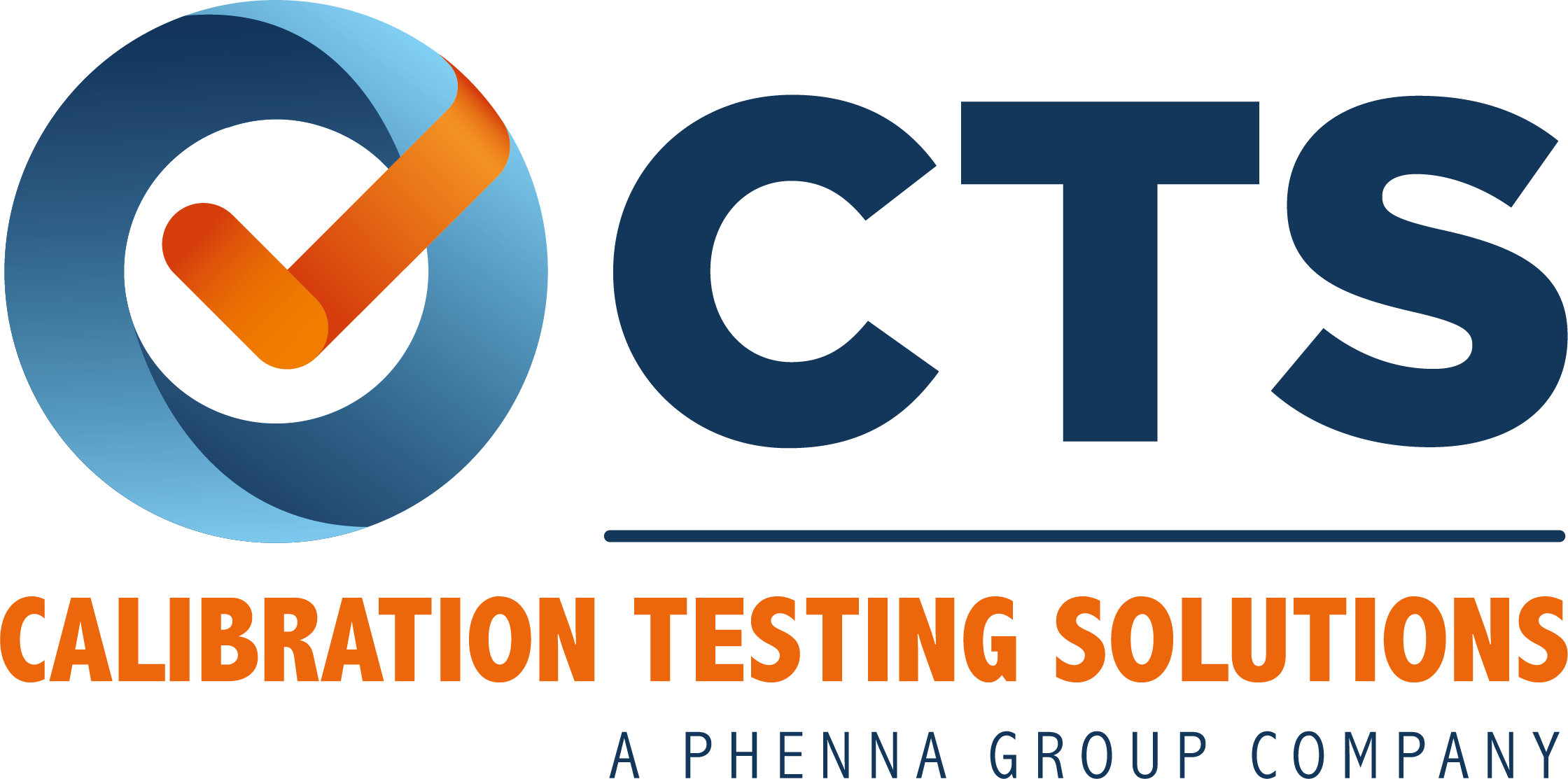Title Page
-
Laboratory/Site
-
Conducted on
-
Prepared by
-
Location
Internal Assessment
4. General Requirements
4.1 Impatiality
-
4.1.1 Laboratory activities<br>• shall be undertaken impartially and structured and safeguarded to ensure impartiality
-
4.1.2 Laboratory management<br>• shall be committed to impartiality
-
4.1.3 Laboratory responsibility<br>• commercial, financial or other pressures must not compromise impartiality with regard to laboratory activities
-
4.1.4 Risk identification<br>the laboratory to undertake this on an on-going basis and include those arising from:<br>• its activities<br>• its relationships<br>• relationships of personnel
-
4.1.5 Risk mitigation<br>• the laboratory shall demonstrate how risk to impartiality is eliminated or minimized
4.2 Confidentiality
-
4.2.1 Laboratory responsibility<br>• through legally enforceable commitments, manage all information obtained or created during the performance of laboratory activities<br>• inform the customer in advance of the information it intends to place in the public domain<br>• maintain all customer information as confidential, except for that information the customer makes public or that agreed to be made public
-
4.2.2 Release of customer information<br>• must not occur unless<br>- when required by law<br>- authorized by contractual arrangements<br>• customer to be notified of information provided (unless prohibited by law)
-
4.2.3 Customer information from other sources<br>• shall be confidential between the customer and laboratory<br>• the source of this information shall remain confidential to the laboratory
-
4.2.4 Confidentiality obligations of personnel<br>• shall keep confidential all information obtained or created during the performance of laboratory activities, except as required by law
5. Structural Requirements
-
5.1 Legal status<br>• the laboratory shall be a legal entity, or a defined part of a legal entity, that is legally responsible for its laboratory activities
-
5.2 Laboratory management<br>• identify management that has overall responsibility for the laboratory
-
5.3 Scope of laboratory activities<br>• the laboratory to define and document the range of activities which it claims conformity to the Standard<br>• cannot include laboratory activities which are provided externally on an ongoing basis
-
5.4 Conduct of laboratory activities and premises<br>• to be performed to meet the requirements of<br>- the ISO 17025:2017 standard<br>- customer requirements<br>- regulatory authorities<br>• activities include those conducted at<br>- permanent facilities<br>- sites away from permanent facilities<br>- temporary or mobile facilities<br>- customer premises
-
5.5 Structure, personnel and documentation<br>a) define the laboratory’s place in any parent organisation, the relationship between management, technical operations and support services<br>b) specify the responsibilities, authorities and interrelationships of those who manage, perform or verify work affecting the results of laboratory activities<br>c) document procedures to the extent necessary to ensure consistent conduct of laboratory activities and the validity of results
-
5.6 Personnel authorities and resources<br>a) available to implement, maintain and improve the management system<br>b) able to identify deviations in the management system or laboratory activity procedures<br>c) able to initiate actions to prevent or minimize deviations<br>d) report to laboratory management the performance of the management system and needs for improvement<br>e) ensure the effectiveness of laboratory activities
-
5.7 Laboratory management responsibilities<br>a) ensure communication on the<br>effectiveness of the management system<br>and meeting customers’ and other requirements<br>b) ensure integrity of the management system is maintained when changes are planned and implemented
Completion
-
Comments/Recommendations
-
Conducted by: Name and Signature












